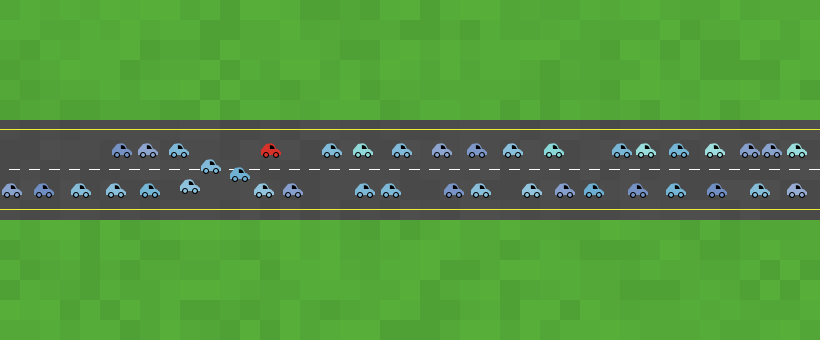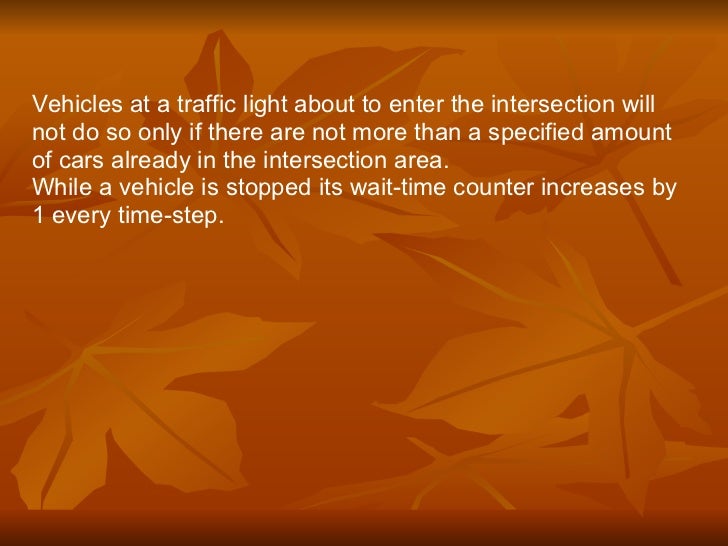

Major drainage systems include the surface flood channels, while minor systems comprise the drainage sewer network. proposed the dual-drainage concept, stressing the importance of considering the interaction between the two systems. Generally, there are two main types of drainage systems: minor and major. Urban flooding occurs when rainfall runoff exceeds sewer capacity, resulting in surface flow accumulating on the road surface without entering the sewer. dynamically simulated traffic congestion using elastic arrival rates during peak periods. Many models are devoted to solving the problem of traffic congestion.

The most popular microscopic traffic model is the car-following model, which is part of an agent-based model (ABM). Micro traffic models studied traffic phenomena by taking each individual vehicle as a starting point and analyzing its interactions with other vehicles. elucidated that traffic dynamics are the product of behaviors and interactions of individuals. Sugihakim and Alatas investigated traffic flow on a road network when considering different road conditions.

At the macro level, Greenshields described the connection between lane density and speed with his fundamental diagram. Traffic models can be divided into three categories: macroscopic, microscopic, and mesoscopic. The study of the impact of urban flooding on traffic congestion using dynamic modeling mainly includes traffic simulation and flood simulation. Based on a combined analysis of hydrology and transportation, the proposed methods and conclusions could help to reduce traffic congestion during flood seasons, to facilitate early warning and risk management of urban flooding, and to assist users in making informed decisions regarding travel. Furthermore, the effects of rainfall with 10- and 20-year return periods were found to be similar and small, whereas the effects with a 50-year return period were obvious. It was found that for most events, two-hour rainfall has a certain impact on traffic congestion over a five-hour period, with the greatest impact during the hour following the cessation of the rain. Finally, in order to study the mechanisms behind how urban flooding affects traffic congestion, the impact of flooding on urban traffic was investigated based on a case study of the urban area of Lishui, China, covering an area of 4.4 km 2.
#Netlogo traffic simulation driver
Second, an agent-based model (ABM) was used to simulate driver behavior during a period of urban flooding, and a car-following model was established. First, a flood simulation was conducted to predict the spatiotemporal distribution of flooding based on Storm Water Management Model (SWMM) and TELAMAC-2D. In this study, a comprehensive method to analyze the influence of urban flooding on traffic congestion was developed. Therefore, it is of vital importance to study the effects of rainfall and urban flooding on traffic congestion and driver behavior. Increased frequency of urban flooding is one consequence of the expansion of urban areas which can seriously affect the productivity and livelihoods of urban residents.

In many countries, industrialization has led to rapid urbanization.


 0 kommentar(er)
0 kommentar(er)
